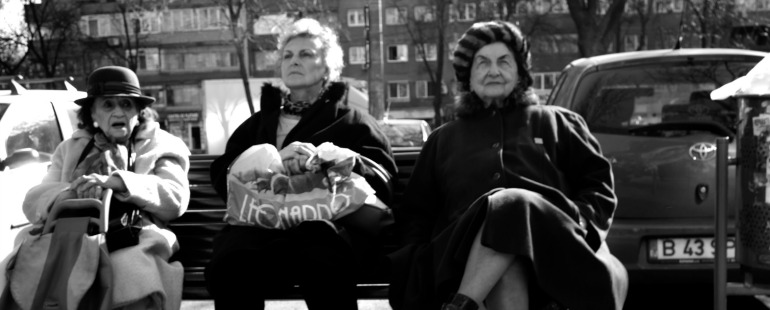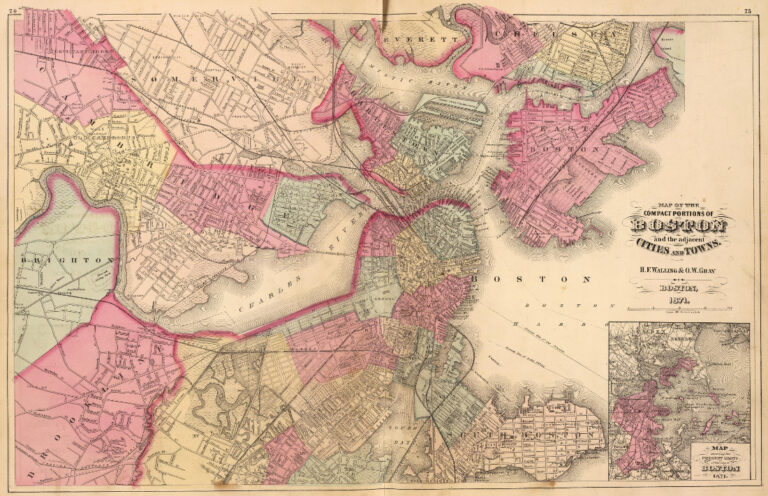Why the Girl Rules the World

Lately it’s hard not to notice the word girl writ large on book covers and film posters everywhere. It’s also tough to ignore the flurry of opinions on whether titular appropriation of the word is sexist and offensive or just smart marketing. Turns out the word is surprisingly flexible, as Robin Wasserman points out in her recent essay titled, ‘’What Does It Mean When We Call Women Girls?’’ ‘There is, it seems,’’ Wasserman writes, ‘a girl for nearly every kind of woman.’’ The word girl skates beyond adolescence and into adulthood, unlike boy, which is more linguistically static. Like the role of women in much of today’s society, the girl is undergoing constant reinvention.
Thanks to obvious alliterations, these two nouns are dualistic in nature—bad boys, good girls. As a famous nursery rhyme enlightens, boys are made up of ‘’snails and puppy dogs’ tails,’’ while girls are composed of ‘’sugar and spice, and everything nice.’’ One can snatch an animal tail or scoop up a snail, but what is a girl to make of herself from the weary ambiguity of ‘’nice?’’ The word girl is a bit of a mystery.
In art the word boy often implies a particular stage of life. Richard Linklater’s recent film Boyhood charts one Texas boy’s growth from age six to eighteen. Boys are boys for not much longer than a decade it seems. Traditionally, young boys are reminded to look forward, to focus on becoming men. The concept of boyhood eventually fades into the background, while women are destined to carry girlhood with them well into middle age.
Often girls are reminded when they sprout breasts or first menstruate that they’re women. A young girl, however, is not actively encouraged to behave like a woman. Womanhood, like Shakespeare’s ”greatness,” is ‘’thrust upon ‘em.’’ It’s unclear where womanhood begins: your first sexual encounter, first career, first apartment, first marriage, first child—the options are endless. Many writers deploy one word to pick up all this confusing slack: girl.
Contemporary female authors generously sprinkle the word into their work. In Chris Kraus’s newly popularized I Love Dick, the character at the center of the story, Chris, a woman in her 40’s, refers to herself and her female friends as ‘’girls’’ more often than ”women.’’ ‘’Woman’’ is a literal extension of a masculine term, while ‘’girl’’ is more elastic. Emma Cline writes in her recent debut novel The Girls, ‘’Girls were good at coloring in those disappointing blank spots.’’ Boys will be boys, they say. Meanwhile, girls will fill whatever social role the world lacks.
Likewise, in Kraus’s mostly epistolary novel the word girl is seldom seen stripped of modifiers. Some examples include: ‘’wildest and most reckless girls,’’ ‘’most intelligent and useful girl,’’ ‘’crazy and cerebral girl,’’ ‘’the Ugly Girl,’’ ‘’the Pretty Girl,’’ ‘’the fall girl,’’ and ‘’a tough girl.’’ Here the ‘’girl’’ is usually singular. With the word ‘’woman’’ Kraus’s strokes broaden, addressing womanhood at large. She writes: ‘’No woman is an island-ess,’’ and ‘’Men still do ruin women’s lives.’’ In moments of romantic desperation, Kraus’s narrator implies that women on their own are half-baked.
Henry James does the same in his 19th century novel The Portrait of a Lady, writing, ‘’Most women did with themselves nothing at all; they waited, in attitudes more or less gracefully passive, for a man to come that way and furnish them with a destiny.’’ James’s heroine Isabel Archer is unique in that it is unsure what she will make of herself.
Eventually, it’s a man who ruins Isabel’s life. For obscure reasons, she ushers herself into a wealthy European marriage doomed to dissatisfaction. Late in the novel, Ralph Touchett, Isabel’s cousin, observes the change her failed marriage has thrown over her: ‘’The free, keen girl had become quite another person; what he saw was the fine lady who was supposed to represent something.’’ Here the word ‘’lady’’ implies status and upbringing. Before embracing marriage, Isabel was a girl who could have become anything. The word girl begs for more words around it to distinguish just the type being discussed. After a certain point, Isabel is no longer a girl: Her life has already been decided once, and in the end, James, with his usual circuitousness, leaves the possibility of her reinvention up to the reader.
Perhaps this is the touchstone of the word girl and why so many recent writers latch onto it. Girls are up for discussion, for exploration, for reinvention. A boy is on his way to becoming a man, a woman is incomplete, a lady is well-behaved, but a girl is whatever you want her to be.
A girl is whatever she makes of herself.


